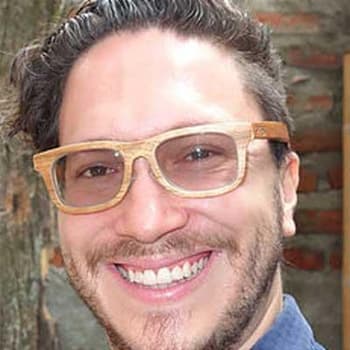Disruptive behavior disorders, including oppositional defiant disorder and conduct disorder, have a prevalence of 6.1% in the United States.
Disruptive behavior disordersare a group of behavioral health conditions where children “disrupt” the people around them by acting out regularly. The statistics of these disorders show that they are not rare, particularly in young children.
There are three main types of disruptive behavior disorder (DBD):
- Oppositional defiant disorder– which is characterized by repeated angry outbursts and disobedience.
- Conduct disorder– which may involve cruelty to animals and people, violence and crime.
- Intermittent explosive disorder–a condition marked by periods of intense, often unprovoked aggression
Severalrisk factorscan predispose a child to develop disruptive behavior disorders, including poverty, physical, emotional or sexual abuse, and family transitions, such as death or divorce. Someprotective factorsmay help prevent the development of disruptive behavior disorders, including having a high IQ, being female, having warm, supportive parental relationships and participating in extracurricular activities. When left untreated, disruptive behavior disorders can cause serious social and academic dysfunction.
Prevalence of Disruptive Behavior Disorders
Disruptive behavior disorder statistics estimate that the prevalence of disruptive behavior disorder is6.1%percent. Oppositional defiant disorderusually developsbefore the age of 8 and conduct disorder can occur as early as 5 years old (mainly in boys).
Childhood disruptive behavior disorders are more common than disruptive behavior disorder in adults. Thelifetime prevalenceof oppositional defiant disorder in adults is 10.2%, being slightly higher in men (11.2%) than in women (9.2%). In teenagers, lifetime prevalence is 2 points higher (12.6%). The prevalence of conduct disorder in adolescents is about 6.8%.
Oppositional defiant disorder statisticsshow thatthe childhood prevalence of oppositional defiant disorder is 2.8%. On the other hand, conduct disorder statistics estimate that 3.5% of children live with conduct disorder.
Disruptive Behavior Disorder Rating Scale
The disruptive behavior disorderrating scalefor parents and teachers takes into account several aspects, such as:
- Lack of attention
- Restlessness
- Excessive talking
- Distractibility
- Interrupts or intrudes on others
Anxiety symptomscan also be signs of disruptive behavior disorder because anxiety and disruptive behavior disorders areoften linked.
DBD and Co-Occurring Disorders
Children and teenagers with disruptive behavior disorders can also simultaneously experience other disorders. The most common isattention-deficit hyperactivity disorder (ADHD). ADHD and disruptive behavior disorder arehighly correlated, and up to one-half of all children with ADHD may have a co-occurring oppositional defiant disorder. Conduct disorder is also associated with ADHD. Approximately 25% of children and 45% of teenagers with ADHD may develop conduct disorder.
Disruptive behavior andpersonality disorderscan also be linked. For instance,a study in 2012on 7–12-year-old boys found that oppositional defiant disorder was predictive of symptoms ofborderline personality disorder (BPD).
Finally,DBD and substance abuseare alsohighly associated. Indeed,teenagers with substance use disordersare up to four times more likely to have a DBD, and youths with DBD are six times more likely to have a substance use disorder than youths without the condition.
Disruptive Behavior Disorders and Crime
One of the possible outcomes of DBDs is criminal activity.Studies have shownthat youths with disruptive behavior disorders display more physically aggressive behavior. These disorders are often found in youth criminal offenders. DBD’s prevalence among youths in juvenile justice systems is estimated to bebetween 30–50%.
Disruptive Behavior Disorder Treatment and Prognosis
Disruptive behavior disorder treatmentconsists mainly of psychosocial treatment, which seeks to improve interactions between children with DBD and their parents. This approach may include programs of parental training to help improve parent-child interactions or programs were both parents and children are present.
In some cases, medicine can be prescribed if psychosocial treatments prove ineffective. These medicines aim to reduce the symptoms of DBD and improve quality of life by altering the way certain chemicals act in the brain. These medicines may include:
- Stimulants, such as methylphenidate.
- Non-stimulants used for ADHD, like atomoxetine
- Anticonvulsant medicine, like divalproex
- Antipsychotics
Disruptive behavior disorder treatment goals are to improve the youth’s quality of life and interactions with others, improve personal and academic competency and reduce delinquent behaviors. Prognosis is favorable if these disorders are treated early and comprehensively.
If you or someone you love has a disruptive behavior disorder and is also struggling with substance abuse,contact The Recovery Village. Representatives are available to answer any questions and help you locate effective treatment.
















